Something your Sunday School teacher may have neglected to tell you is that the grave of Jesus Christ is actually in Japan (maybe).
How is that so you may ask? Wasn’t Jesus crucified, placed in a tomb in Jerusalem, and rose three days later on Easter Sunday (though it wasn’t called Easter until much later but I digress)? Yes and no. According to local legend in the small village of Shingo in the northern prefecture of Aomori in Japan that was only part of the story.
Apparently, it was the brother of Jesus (the suspiciously Japanese named Isukiri) who died on the cross. Jesus took his brother’s ears with him on an arduous journey across Siberia to northern Japan.
Why Japan? Well, it turns out that this wasn’t the Messiah’s first visit. When Jesus was 21, he had visited Japan and studied there for 11 years. This would have been the Yayoi Period of Japan, a proto-historical period from 300 BCE-250 CE, so his studies likely would have been oral rather than reading and writing.
On his return to Japan, Jesus took up rice farming and a wive with whom he had three daughters. It was said he traveled around Japan as a rice merchant and because of his apparently long nose by Japanese standards was called a Tengu – mythical long-nosed goblins. Jesus took the Japanese name Toraitaro Daitenku living to the ripe old age of 106. He was buried in the village of Herai now called Shingo.
106 may seem overly and unlikely long but one must remember that Jesus lived in the time of two long-lived Japanese Emperors: Suinin who reigned from 29 BCE to 70 CE dying at the age of 139 and Keiko who reigned from 71 CE to 130 CE and lived to 143 years old. Rice did a body good in those ancient times it seems.
Despite having the grave of the founder of one of the largest religions on the planet this was surprising news to the residents of Shingo when they first heard about it in the 1930s upon the discovery of hidden documents called the Takeuchi Documents. Sadly, the original documents were lost during the war.
Although concrete evidence is scanty some point to old traditions in the area of making crosses on the foreheads of infants to protect them from evil as proof. The name “Herai” is believed to come from the word Hebrai or Hebrew. Some old songs are nigh unintelligible in Japanese and thought to be derived from ancient Hebrew or Aramaic. The crest of the head family of the village (and possible descendants of Jesus) is a five pointed star that could have been inspired by the pentagram, a symbol important to Christians and ancient Roman and Greek society.
Perhaps an early Christian or several of them did pass along the Silk Road and came to settle in a remote spot of northern Japan leaving behind some dimly remembered customs and words? Who’s to say? It’s worth a visit for novelty sake and to try some of the local garlic products including garlic ice cream.
The Grave of Jesus Christ in Northern Japan
The local take on the legend
Family Crest that may have been inspired by a Christian Pentagram
Infant marked with cross for protection
15Kviews
Share on Facebook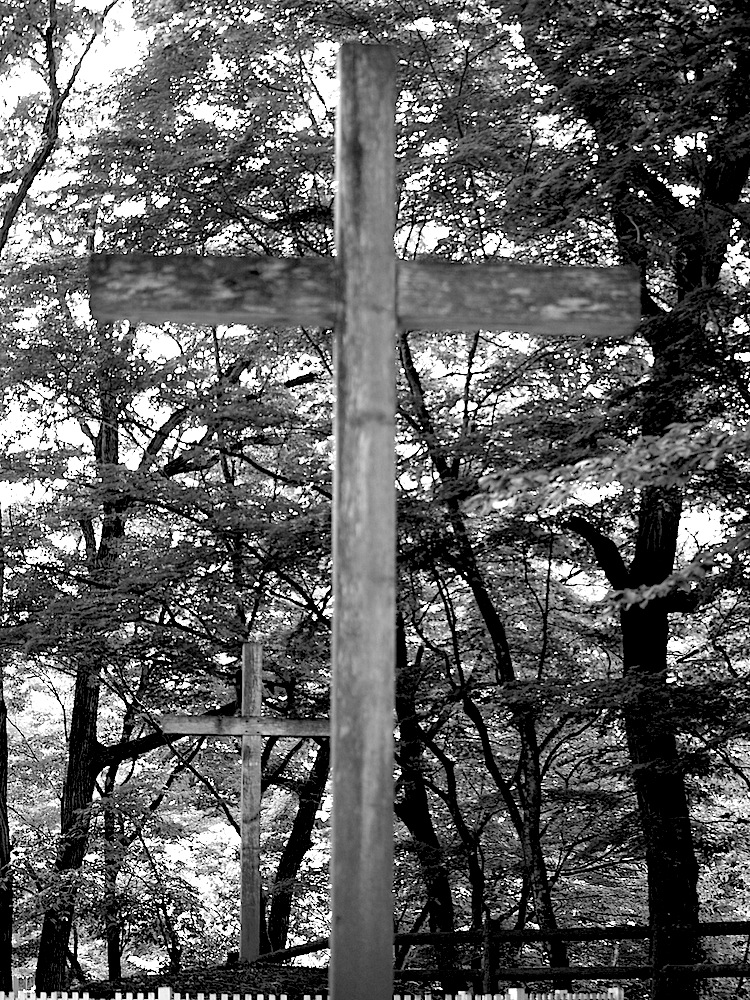
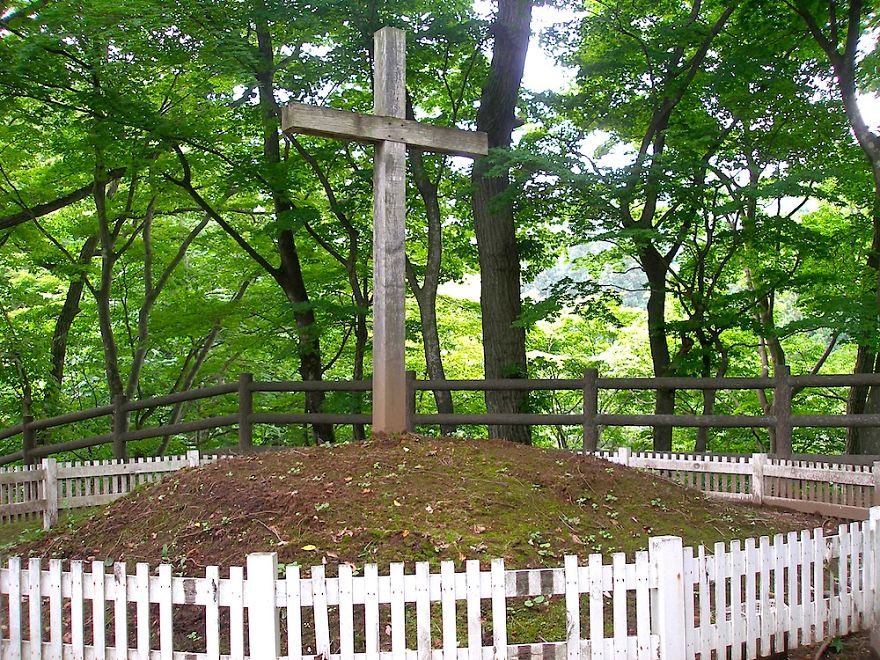
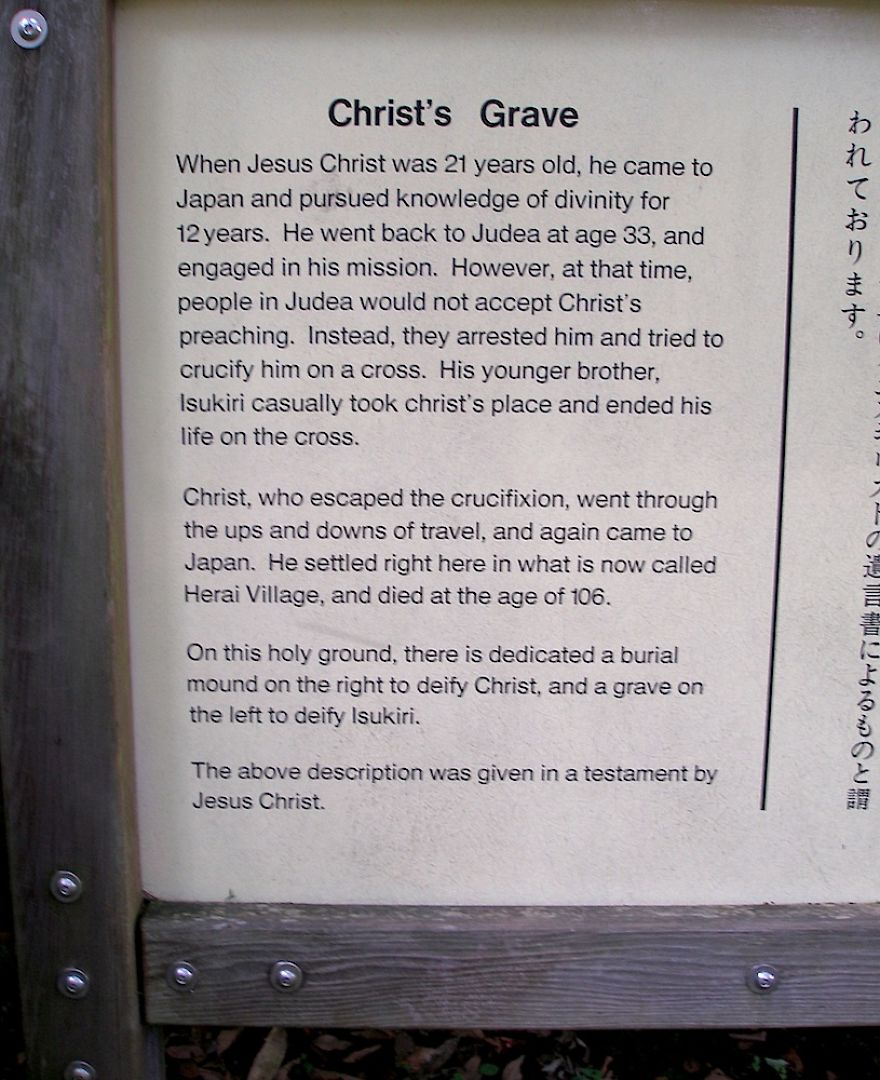
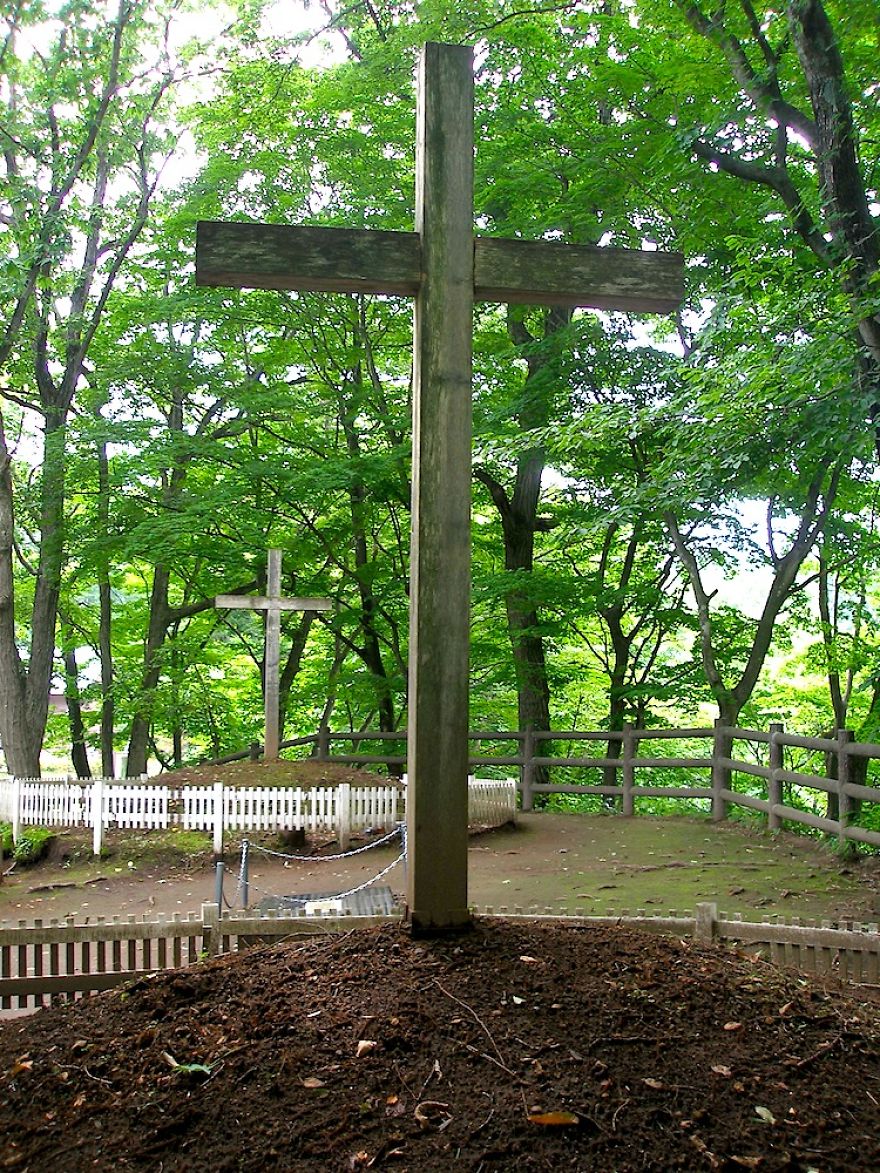
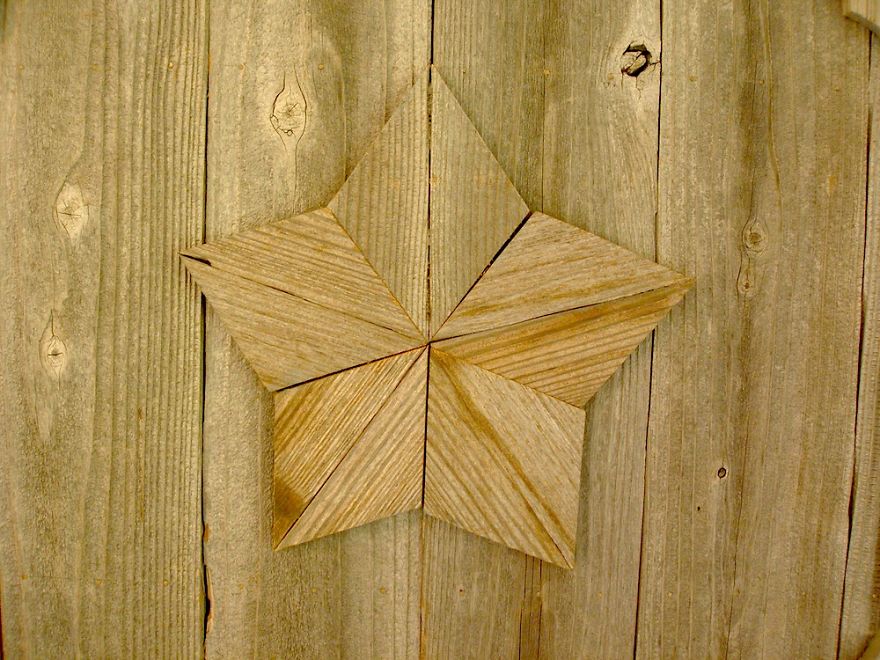
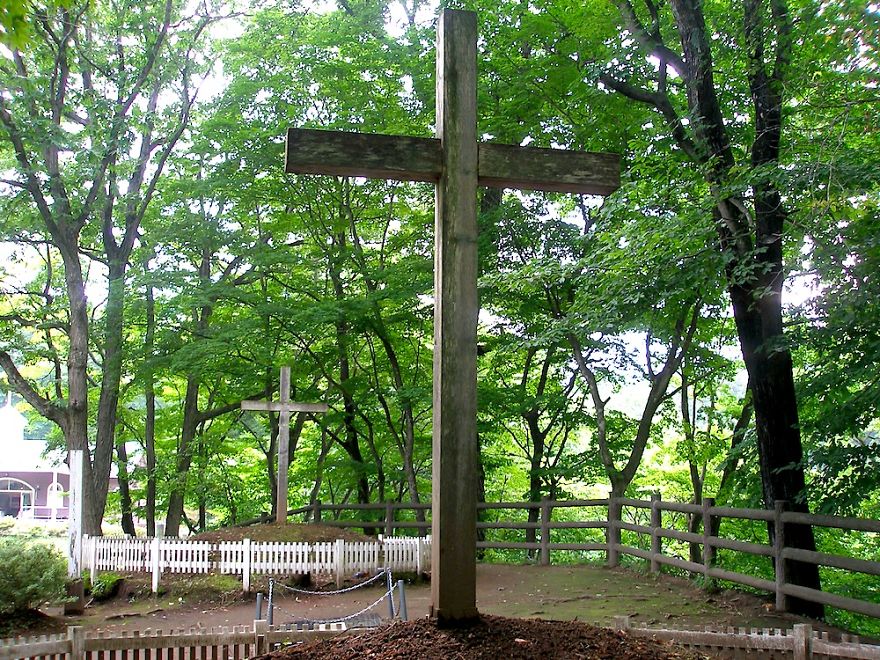
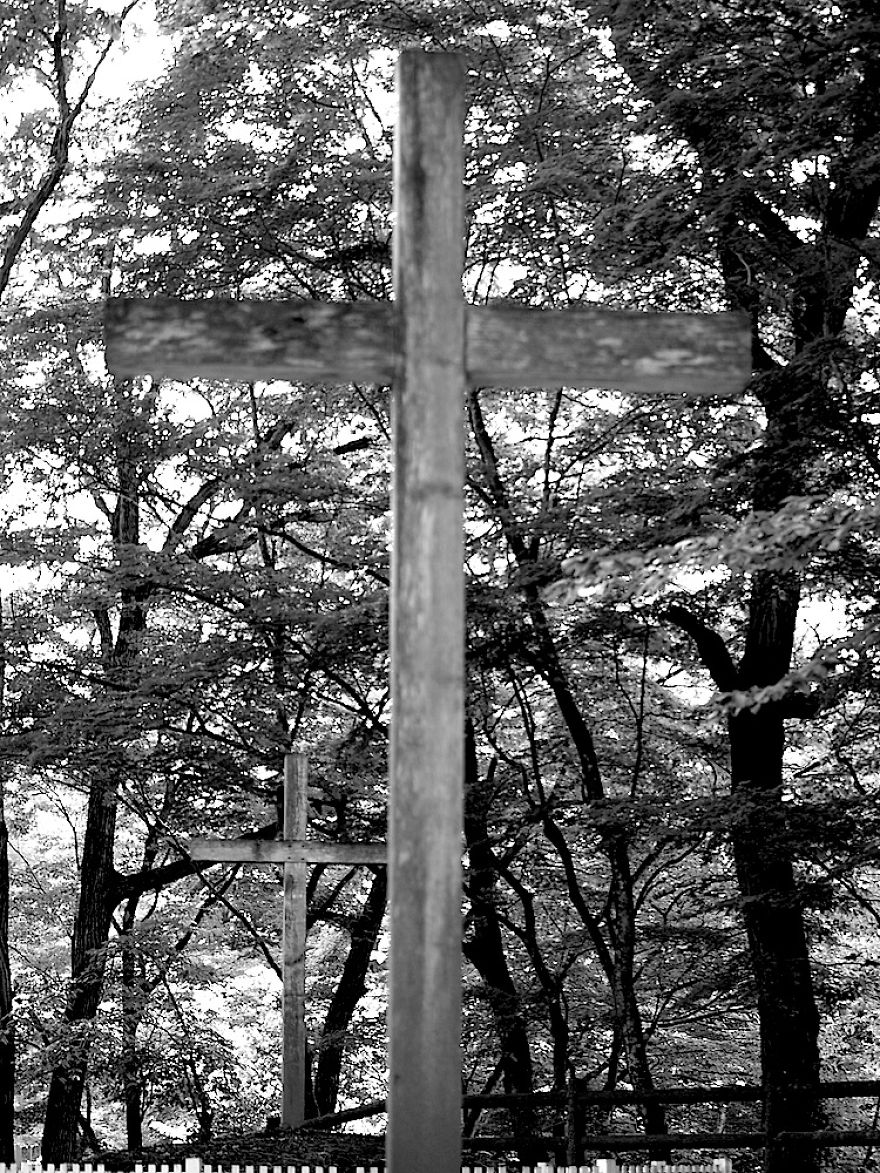
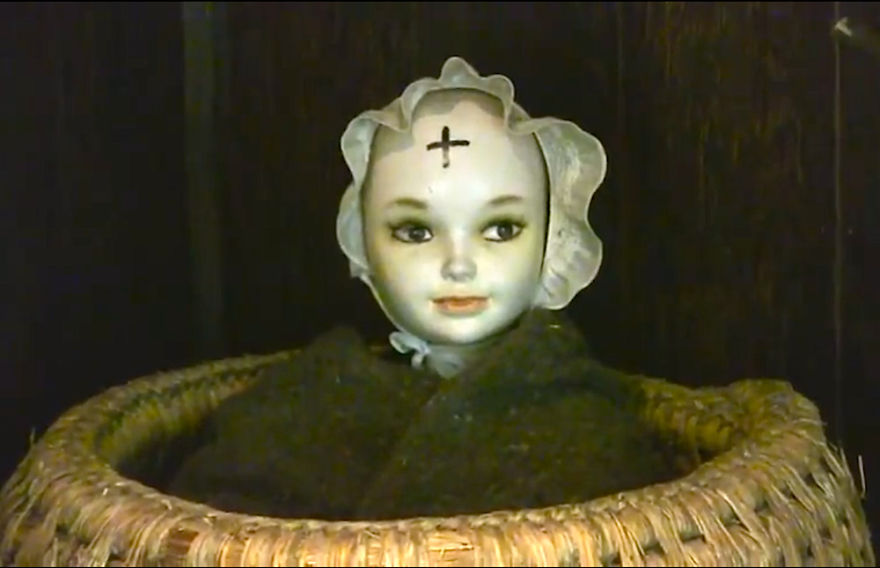
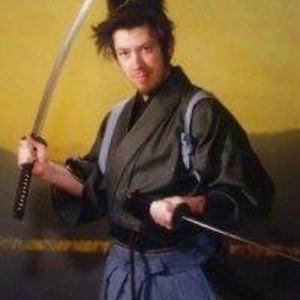



1
1